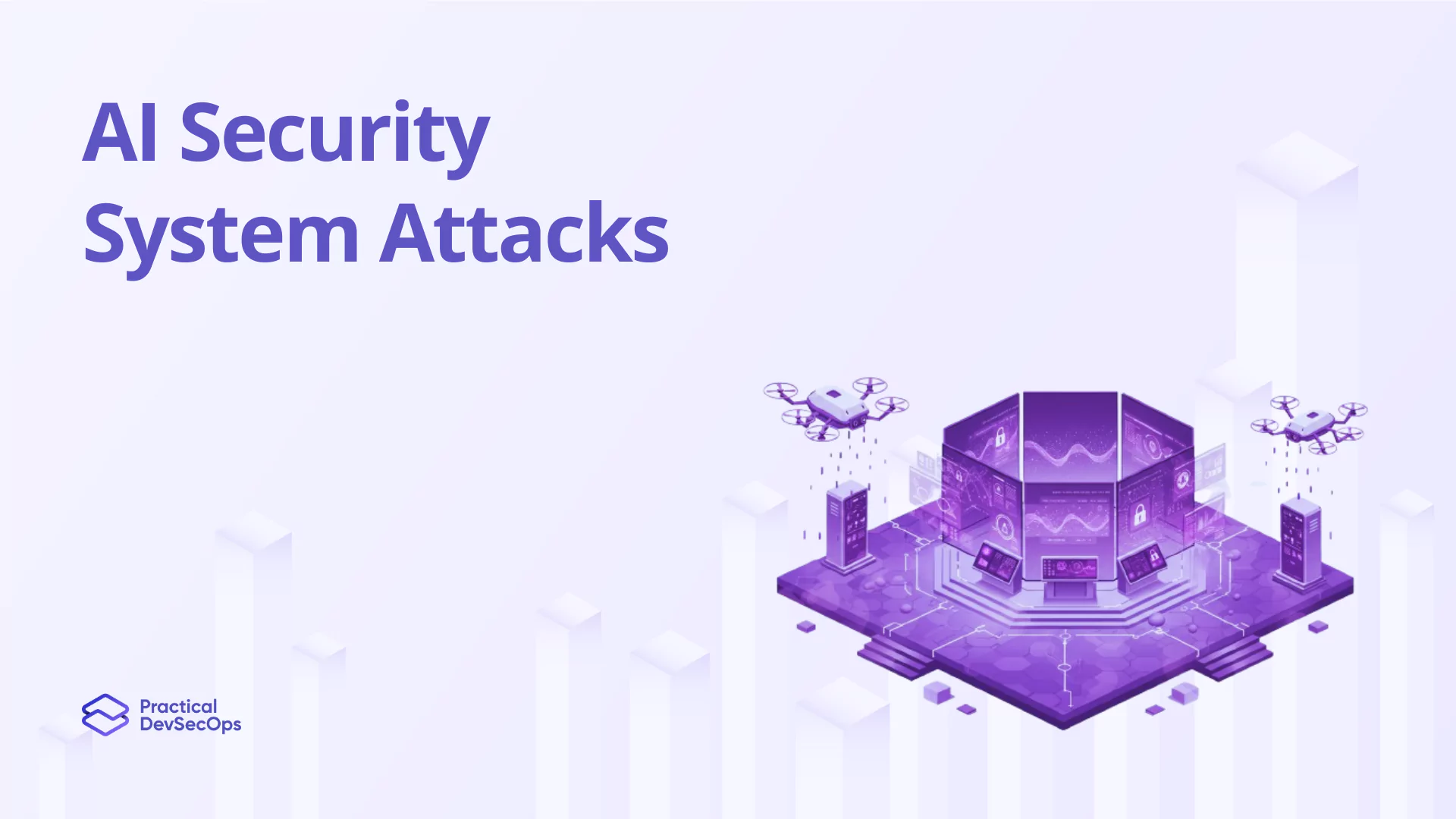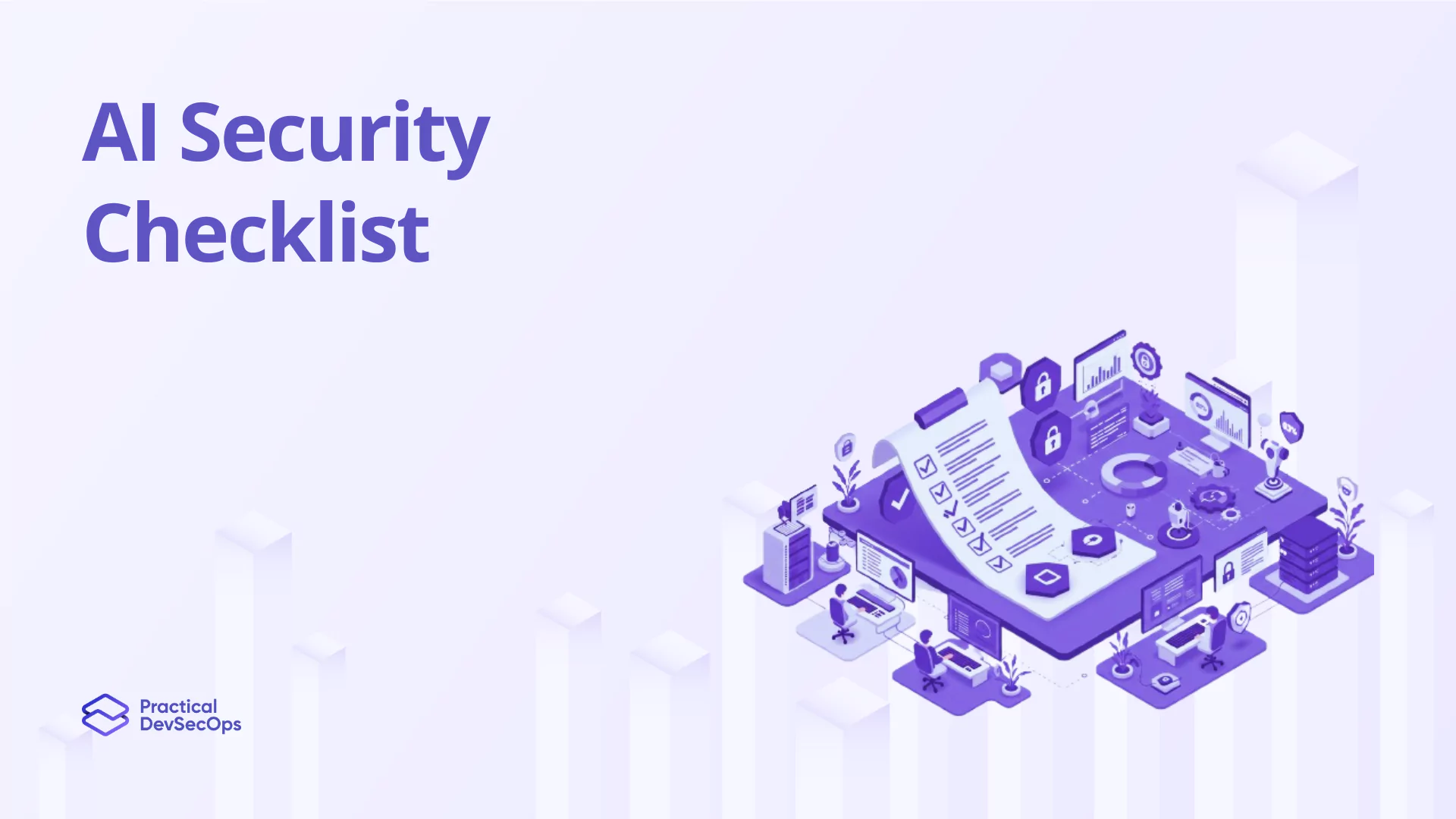A Software Bill of Materials (SBOM) is like a detailed recipe for software, listing all the ingredients—libraries, dependencies, and components—that go into creating it. Just as a food manufacturer needs to know every ingredient in their products for safety and quality control, organizations need SBOMs to understand the makeup of their software, ensuring its security and integrity.
In light of increasing software supply chain threats, SBOMs have become a critical tool in cybersecurity. They provide visibility into software components, enabling better risk management and more informed decision-making.
Recognizing the importance of SBOMs, recent guidance from the Cybersecurity and Infrastructure Security Agency (CISA), the National Security Agency (NSA), and their partners outlines key practices for effective SBOM consumption. These practices are designed to help organizations leverage SBOMs to enhance their software supply chain security.
Also read about Role of Software Bill of Materials in Software Supply Chain
Key Recommended Practices for SBOM Consumption
Understand the Purpose and Benefits of SBOMs
An SBOM offers a clear view of all the components that make up a software product. This transparency is crucial for several reasons:
Improved visibility: Just like a nutritional label, SBOMs make it possible for organizations to understand exactly what is in their software—down to the last component. This visibility is critical for understanding the potential vulnerabilities of third-party components and how to mitigate those risks.
Enhanced Risk Management: Organizations can mitigate risks before they cause widespread harm by determining which components are at risk of being exploited or should be improved according to an SBOM. This approach makes it possible to focus the security team and resources.
Enabling Compliance: Many regulatory mandates now require register-level evidence of software constituents. SBOMs allow organizations to comply with these needs by creating a trackable trail of elements in the software.
Establish SBOM Acquisition and Management Processes
SBOMs are only useful for organizations if they have policies and procedures in place to ensure that SBOMs can be acquired and managed effectively.
- Develop Policies: Organizations should create formal policies that mandate the acquisition of SBOMs for all software they procure. These policies should outline the types of software that require SBOMs and the level of detail needed.
- Standardize Procedures: Consistent procedures for managing SBOMs should be established to ensure that they are collected, stored, and updated systematically. This includes designating responsibility for SBOM management and integrating SBOM processes into existing workflows.
- Ensure Comprehensive Coverage: It’s essential that SBOMs are obtained for all software, not just critical applications. This comprehensive approach helps build a complete picture of the software environment and reduces the risk of unmanaged vulnerabilities.
Also read about Types of Software Bill of Materials
Implement SBOM Consumption and Analysis
Simply acquiring SBOMs is not enough; organizations must develop the capability to consume and analyze these documents effectively:
- Build Analytical Capabilities: Develop or acquire tools that can parse and analyze SBOM data, identifying components that may pose security risks. These tools should be integrated into the organization’s broader cybersecurity framework.
- Risk Identification: Use SBOMs to identify outdated or vulnerable components that could be exploited by attackers. Regular analysis helps keep the organization’s software environment secure and up-to-date.
- Automated Monitoring: Consider implementing automated systems that continuously monitor SBOMs for changes or updates, ensuring that any new vulnerabilities are quickly identified and addressed.
Also read about 7 Pillars to Strengthen Software Supply Chain Security
Maintain Ongoing SBOM Integrity
The integrity of SBOMs must be maintained over time to ensure they remain accurate and reliable:
- Implement Version Control: Track changes to SBOMs over time using version control mechanisms. This allows organizations to see how software components evolve and identify when new vulnerabilities might have been introduced.
- Keep improving: Always keep your SBOM up-to-date as the program changes. Maintaining an accurate understanding of the software landscape requires up-to-date SBOMs.
- Verify: Create processes to periodically verify the correctness of SBOMs. Whether that means cross-referencing your SBOM data with physical software components or investing in third-party verification services, for example.
Also read Software Supply Chain risks to evaluate and mitigate
Collaborate with Software Suppliers
Effective SBOM consumption requires collaboration with software suppliers to ensure the accuracy and completeness of the information:
- Improve SBOM Quality: Work closely with suppliers to enhance the quality and consistency of the SBOMs they provide. This might involve specifying the format and content of SBOMs in procurement contracts.
- Feedback Mechanisms: Establish channels for providing feedback to suppliers about the SBOMs they deliver. This can help improve the overall reliability of SBOMs across the supply chain.
- Set Clear Requirements: Clearly communicate SBOM requirements to suppliers, including expectations for updates and the level of detail needed. This ensures that all parties are aligned in their efforts to secure the software supply chain.
Also read Software Supply Chain Security Issues and Countermeasures
Incorporate SBOM into Software Lifecycle Processes
SBOMs should be integrated into every stage of the software lifecycle, from acquisition to deployment and ongoing operation:
- Acquisition: During the procurement process, ensure that SBOM requirements are clearly specified and that vendors understand their importance. This ensures that all acquired software comes with a comprehensive SBOM.
- Deployment: Use SBOMs during the deployment phase to verify the integrity of software before it goes live. This can prevent the introduction of vulnerabilities into production environments.
- Operational Processes: Incorporate SBOMs into regular operational processes, using them to monitor software health and guide decisions about updates, patches, and end-of-life management.
- Lifecycle Decisions: Use the insights gained from SBOM analysis to inform decisions throughout the software lifecycle, such as when to retire or replace software based on its risk profile.
Also read about Software Supply Chain Security with Zero Trust
Conclusion
Best practices for consuming SBOMs are imperative to securing the software supply chain. By recognizing the value of SBOMs, creating processes for managing them, and incorporating those decisions into your software lifecycle, you can greatly improve your security.
The CISA joint advisory issued with NSA, along with more guidance from their partners, provides useful guidance that organizations can follow for navigating today’s convoluted software supply chains.
By adopting these practices, organizations not only improve their own security posture but also help make the digital ecosystem safer and more resilient. These best practices should be reviewed and considered, protecting the stability of both security and operational longevity.
To further advance your ability to manage and secure software supply chains, consider enrolling in our Certified Software Supply Chain Security Expert course.
This program will equip you with the latest software supply chain strategies and tools to implement robust SBOM practices effectively within your organization. Enroll now and take a significant step toward enhancing the security and resilience of your software assets.
Also read about Software Supply Chain Security Key Incidents
FAQs
What is an SBOM and why is it necessary?
An SBOM is a detailed list that outlines every component of a software product, crucial for security assessments and compliance with regulatory standards.
How often should SBOMs be updated?
SBOMs should be updated with every significant change to the software product, ideally integrated into the continuous integration and deployment pipeline.
What tools are recommended for SBOM consumption?
For automating and managing SBOMs effectively, tools like SPDX, CycloneDX, FOSSA, and Black Duck are highly recommended.
How does SBOM help in regulatory compliance?
SBOMs provide a detailed record of software components, crucial for compliance with regulations that require transparency and security of software systems.







0 Comments